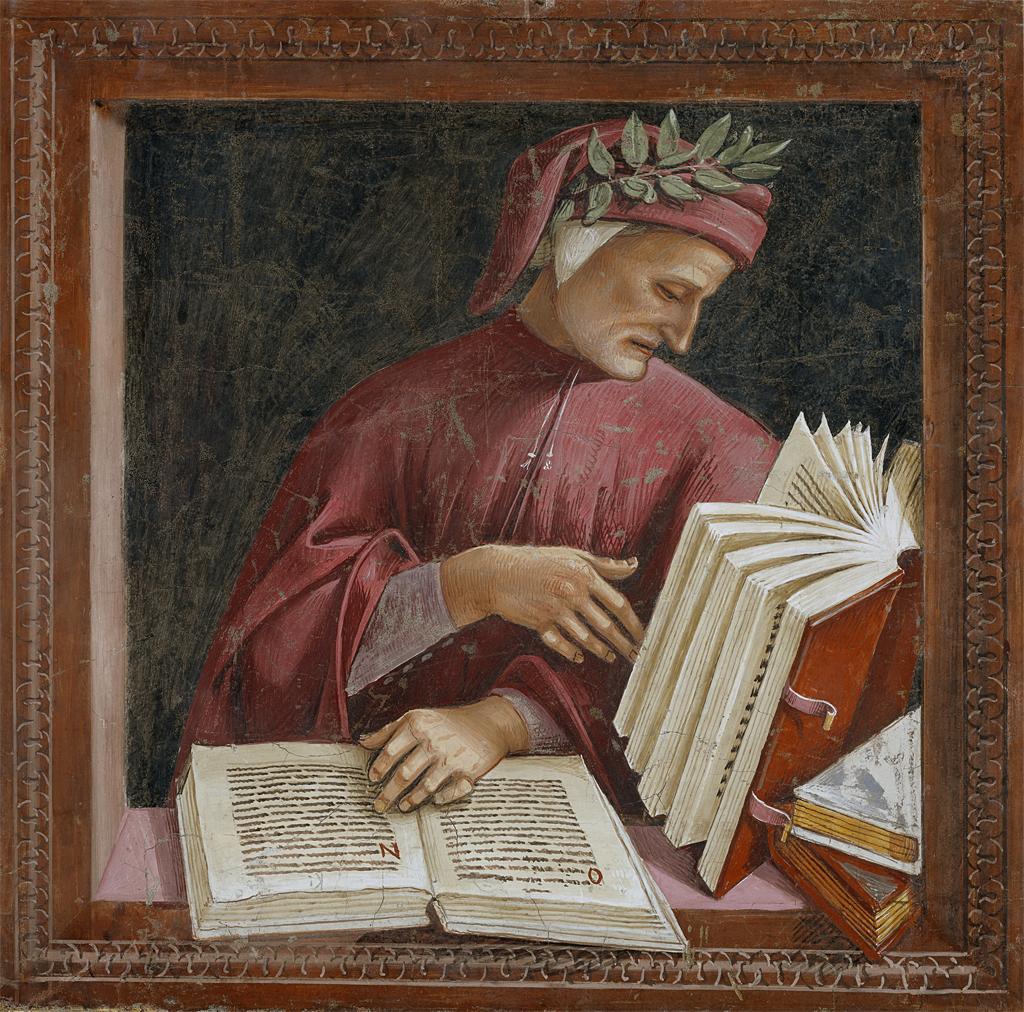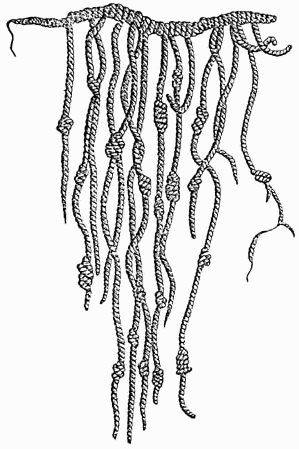
illustration by Gustave Dore, from wikipedia
Check out this gorgeous flash website representation of the epic poem. Also, check out the ELF website, which features a variety of translations, illustrations, and general helpful links. And, enjoy this trailer for a filmic update of Dante's classic, done "in toy theater style." The film will be released on DVD in August 2008.
For more info on Dante Alighieri, check out this entry at the Stanford Encyclopedia of Philosophy.

Dante, part. affresco della cappella di San Brizio, Duomo Orvieto,
by Luca Signorelli, from wikipedia
And here's a helpful link about terza rima, the poetic style Dante invented.
And, a NEW link to an awesome site: DanteWorlds!

